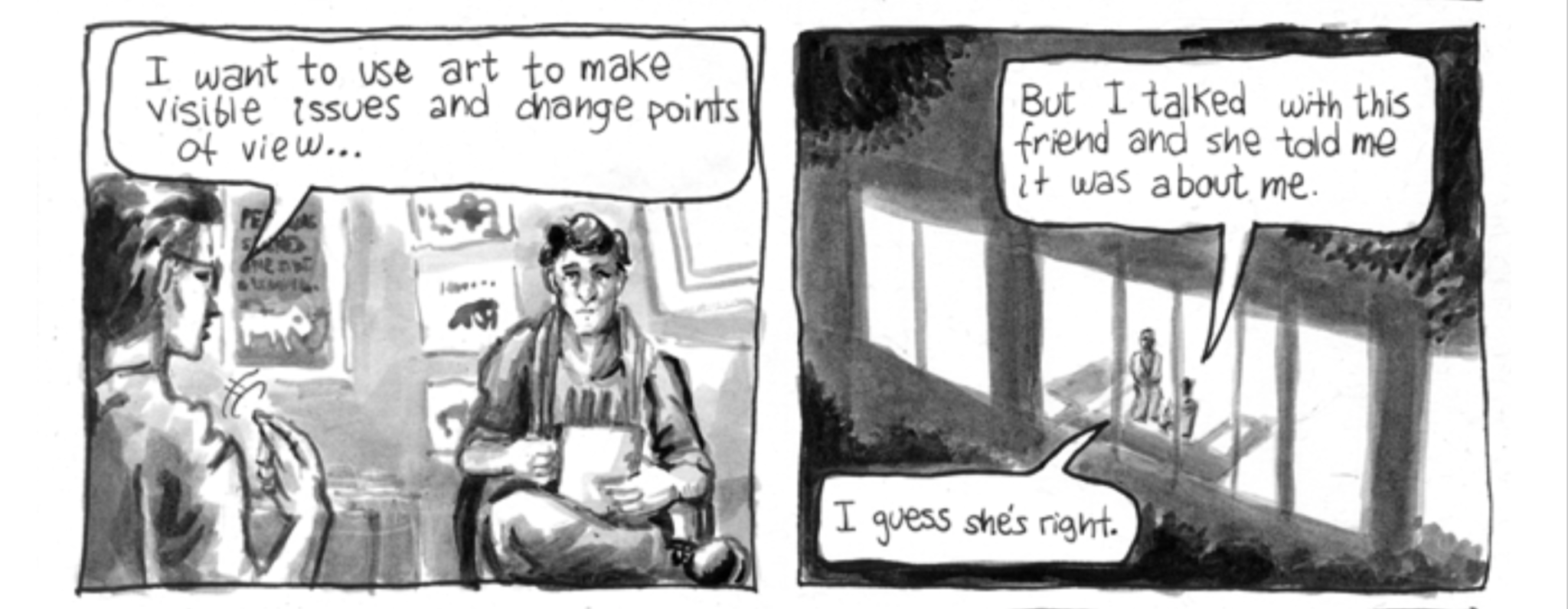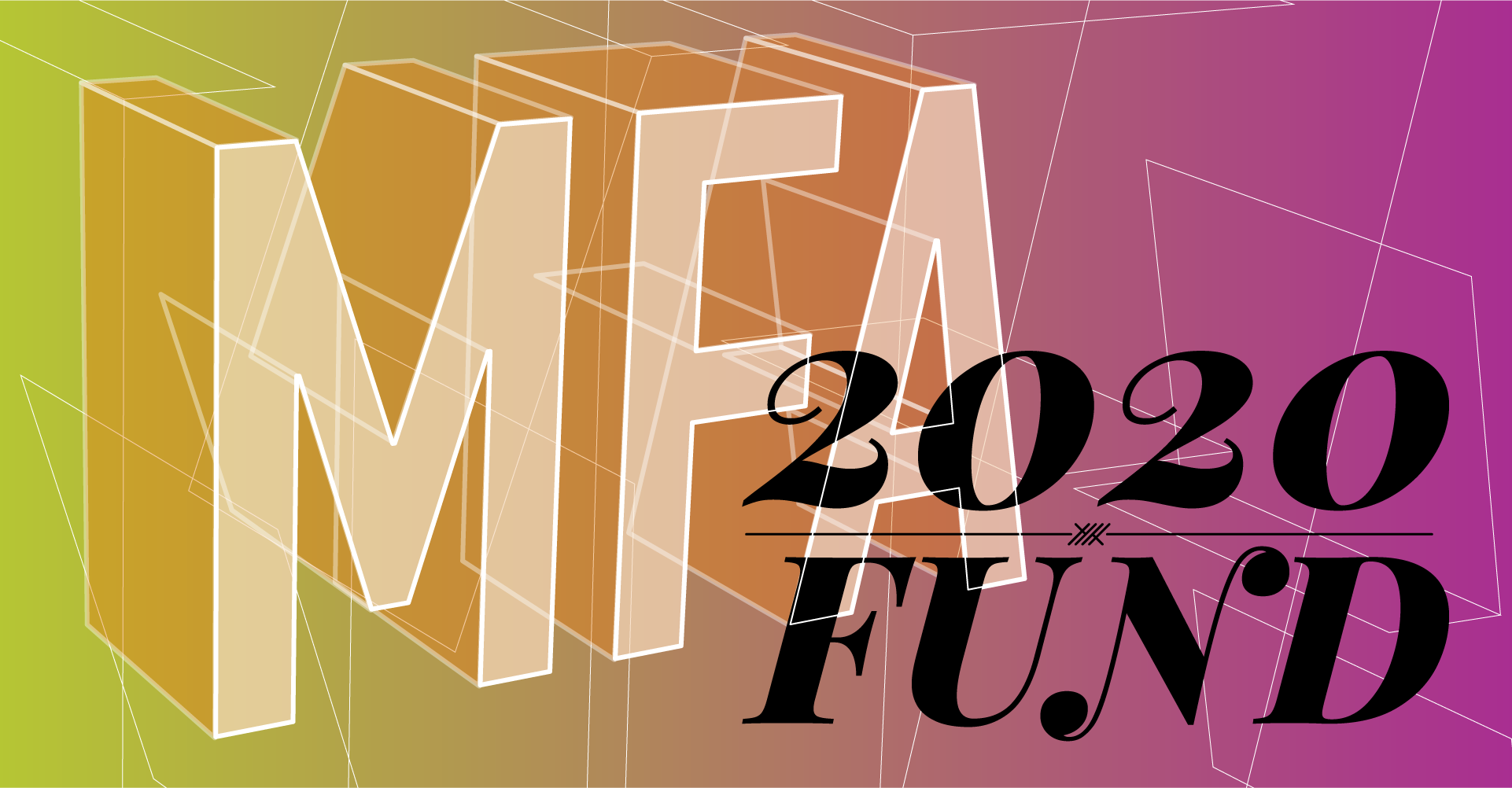Join us in congratulating Camilo Aguirre ’20 on completing his Thesis Review!
From Aguirre’s statement: “I am a Colombian fine artist and cartoonist. I use the elements of the documentary format to tell non-fictional stories, implementing anecdotes and interviews in order to make parallels between social and political issues through subjective stories.
What Remains comes from my interest in documentary comics and their role in addressing social issues. Understanding drawing and narrative as research opens a field of possibilities for graphic narrative as a source of knowledge. After having participated in projects with social researchers, sociologists and communities of victims of the Colombian armed conflict (Caminos Condenados, 2016; La Palizua, 2018), I found great interest in the documentary comics format and in the way in which drawn narratives can help make visible or analyze problems. I like to find relationships between elements in order to make messages personal and create empathy.
When I was starting the MFA program at MCAD, I decided to make a graphic novel with interviews that I considered of great value to understand the Colombian conflict and social movements from a humanizing perspective, to achieve this I decided to approach the sources from an anecdotal point of view. The anecdotal narrative allows the reader to empathize with the text, as it shows a general context and open conflicts, however this lack of context prevents the reader from understanding the complexities of a situation or engaging in a narrative. That is why the project implemented historical sources and personal stories to form a narrative body, in which the theme was to reflect on what it means to come from where I come from, placing my personal story and the history of my family in a broader historical and political context.
In order to approach the relevance of these questions and how the events of the past are reflected in the present, the general structure of the novel functions in interwoven timelines, with different motifs or images as a guide for each decade.
One of the most important lessons this project taught me is that in the face of the impossibility of objectivity in a narrative, it is necessary to analyze the subjectivity that originates in the story and the discourses that go through it.”
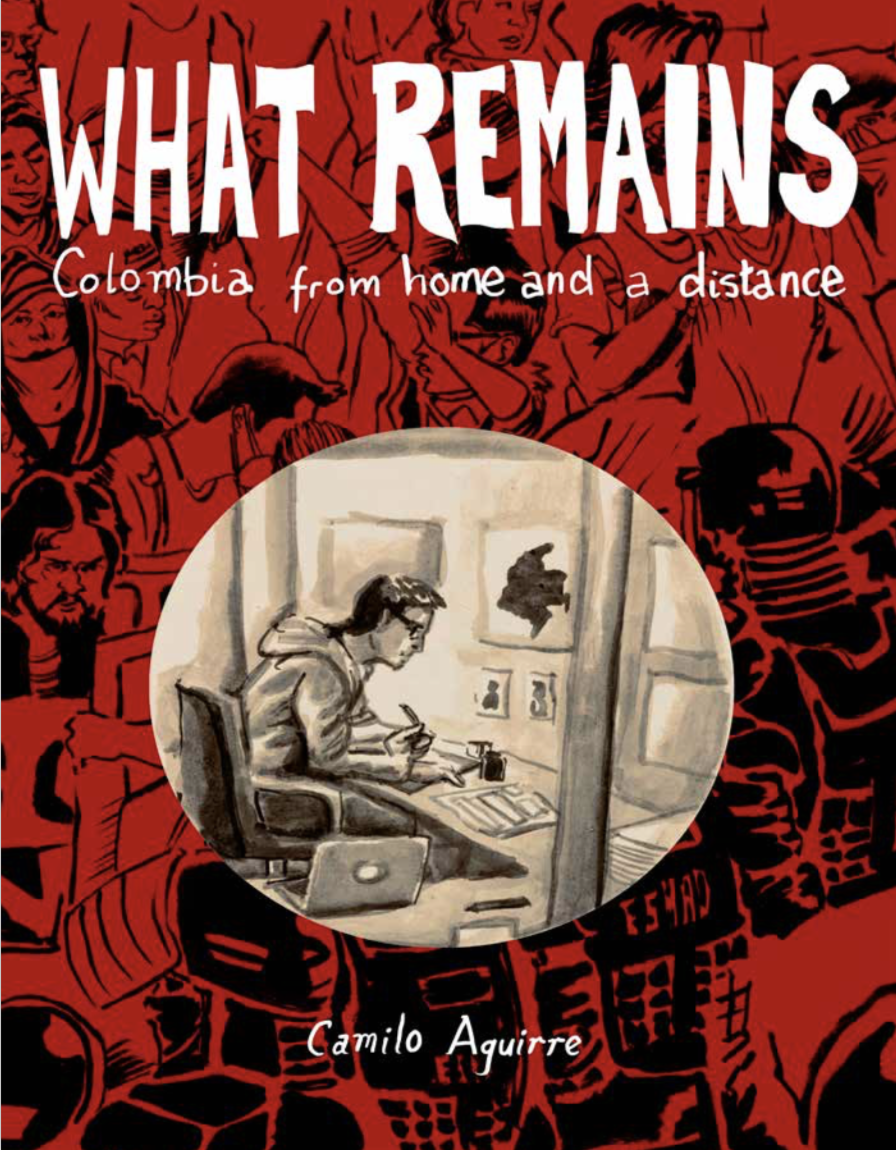
Camilo Aguirre '20
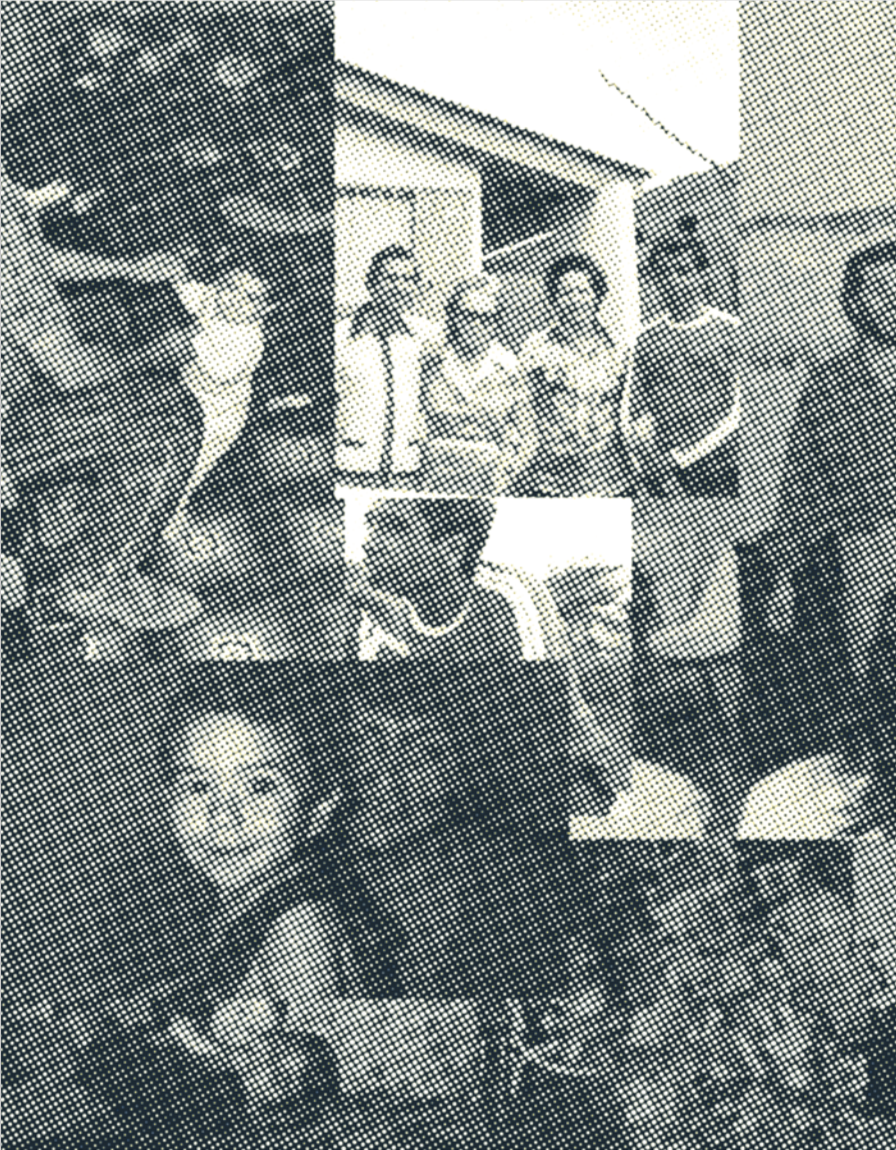
Camilo Aguirre '20
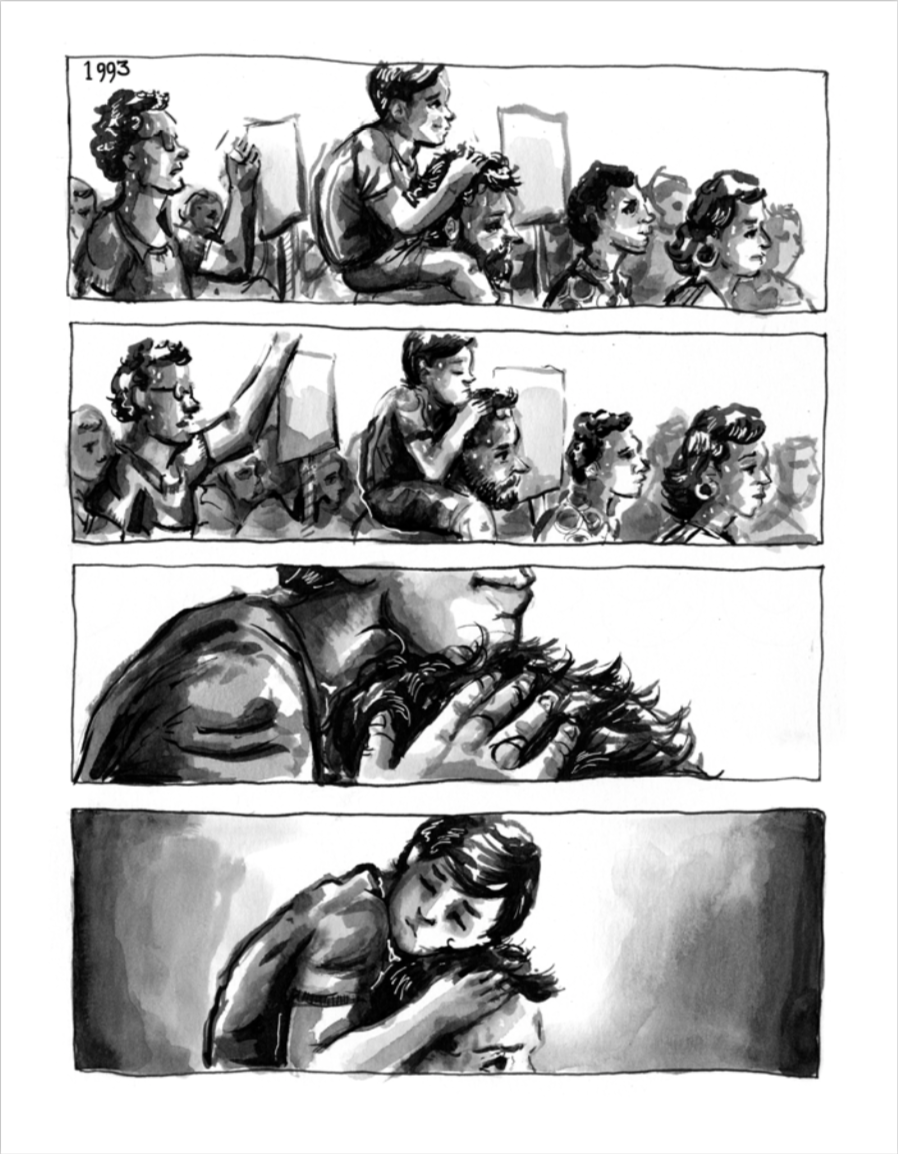
Camilo Aguirre '20
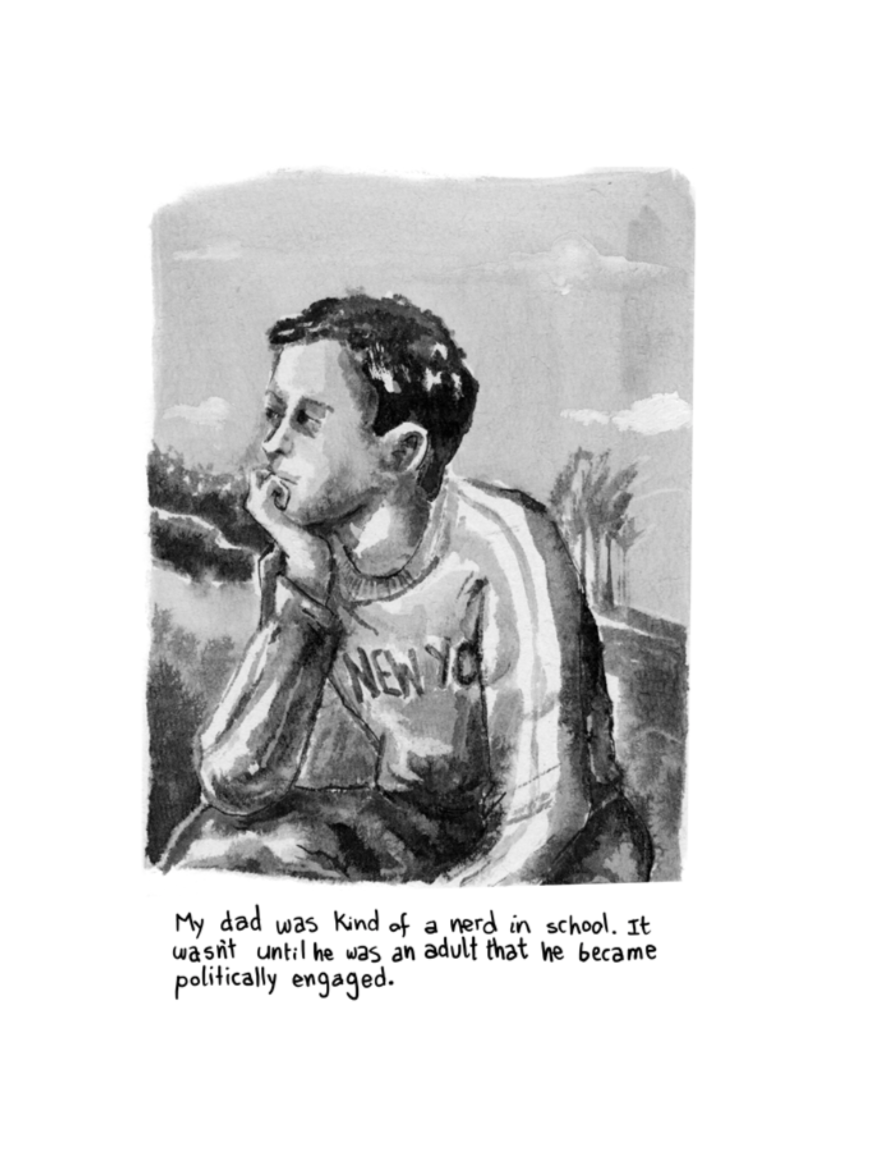
Camilo Aguirre '20
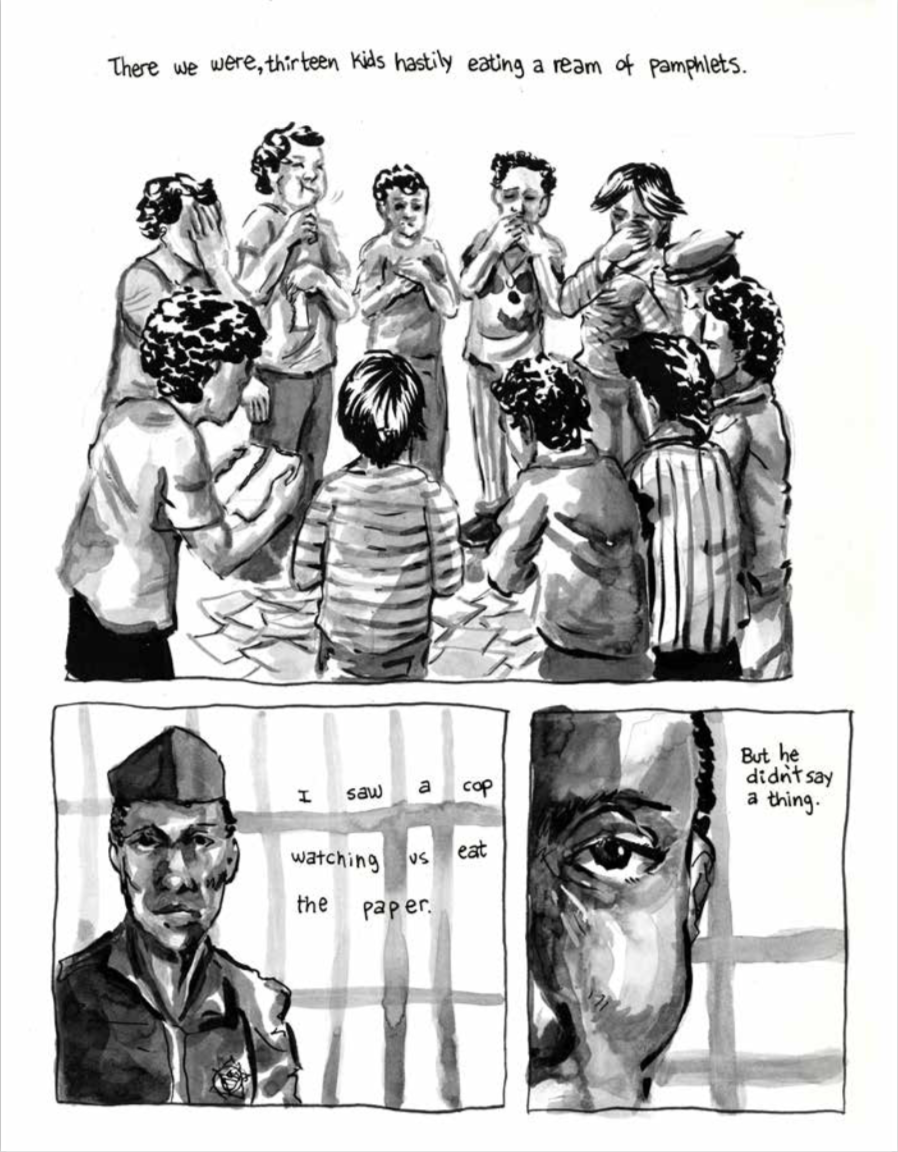
Camilo Aguirre '20
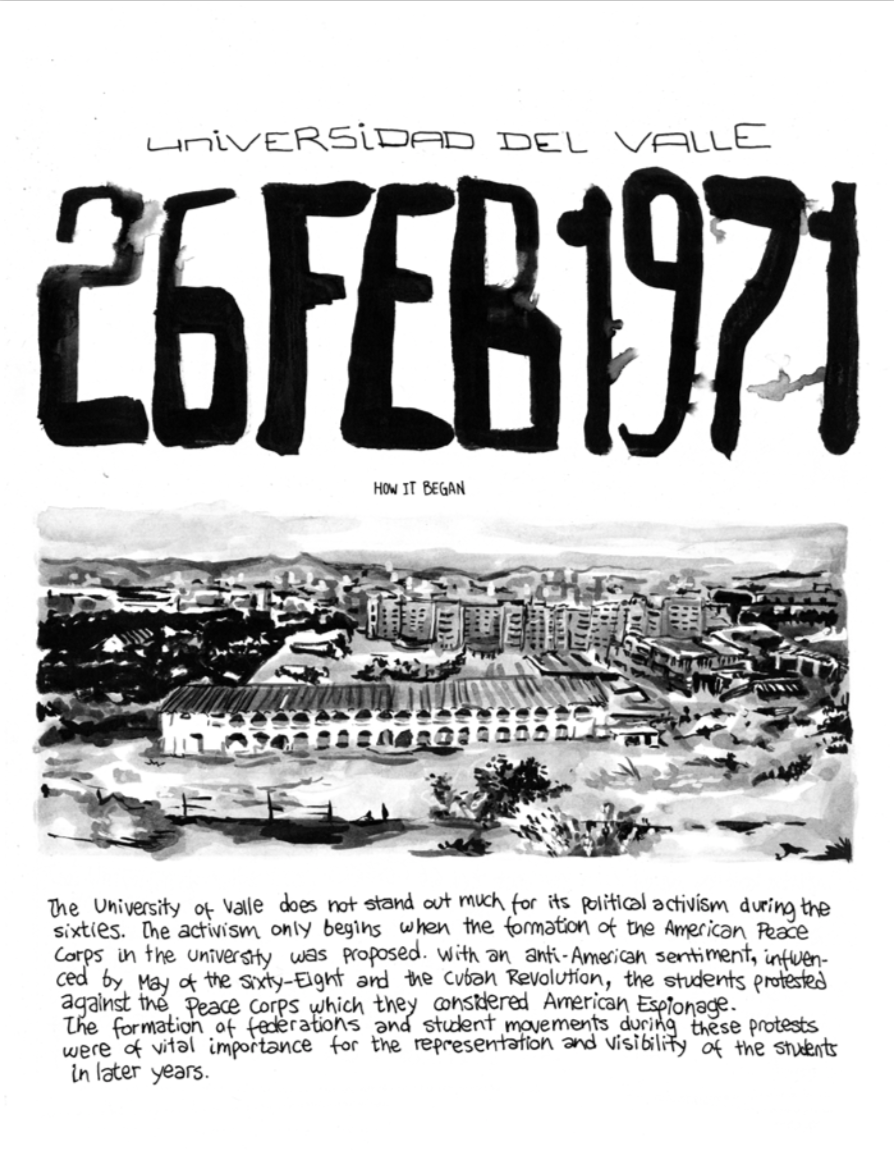
Camilo Aguirre '20
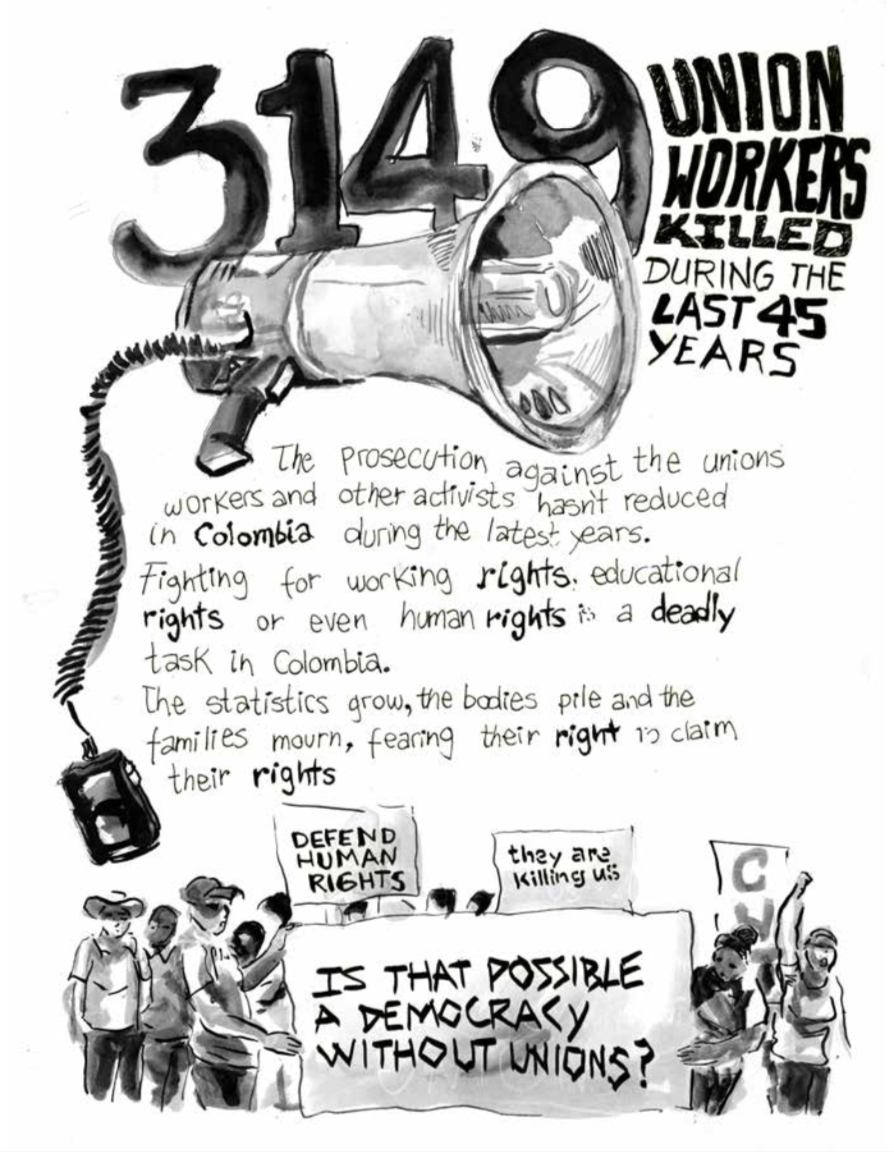
Camilo Aguirre '20


